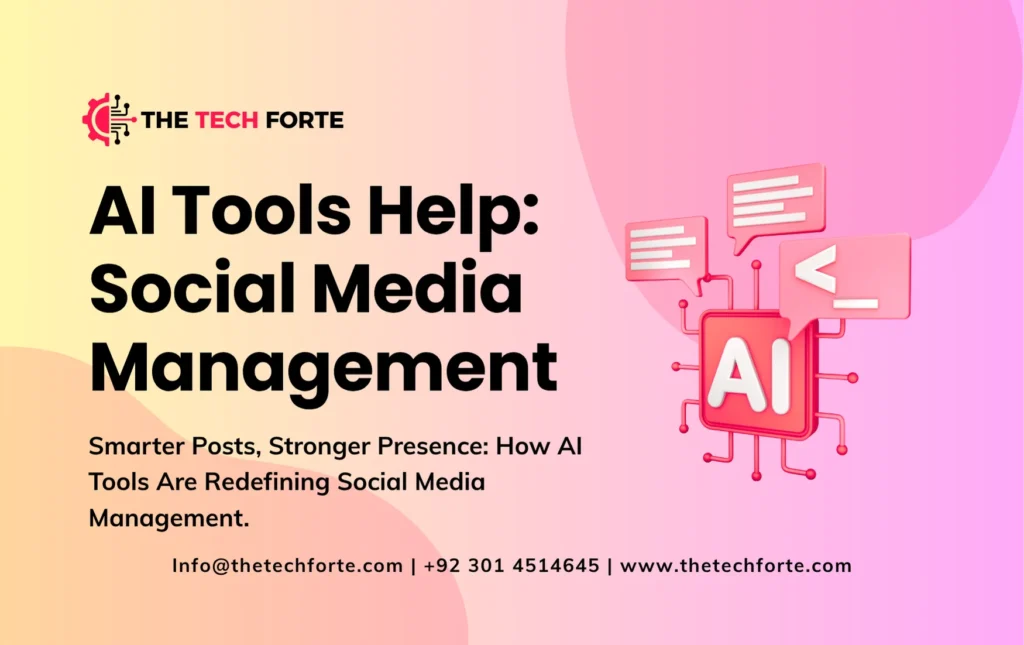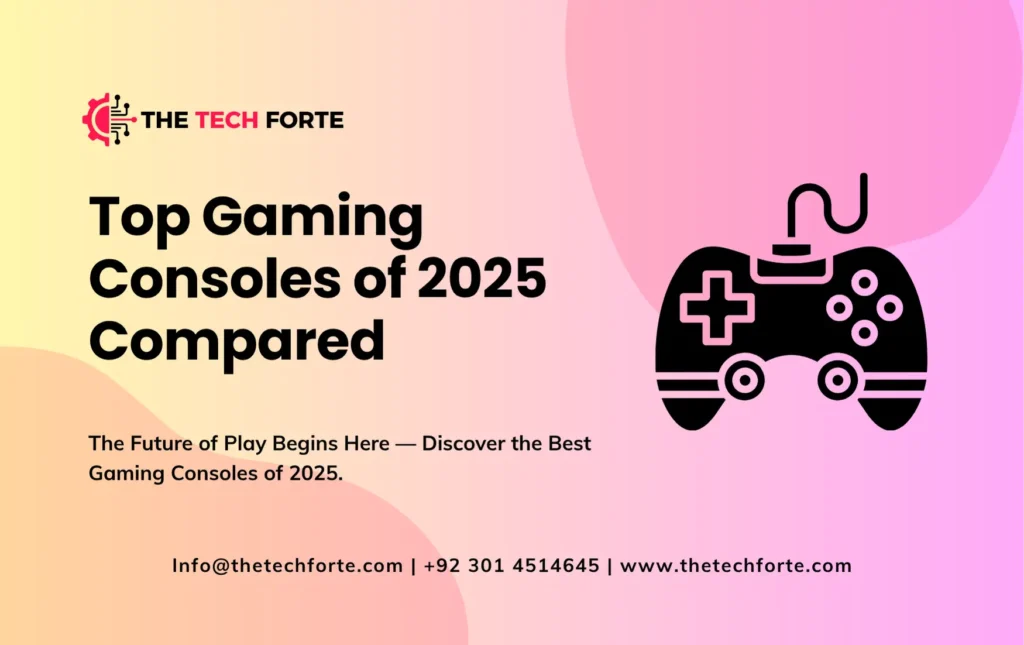The Impact of Cloud Gaming on the Gaming Industry

The impact of cloud gaming on the modern gaming industry is nothing short of revolutionary. As cloud gaming technology evolves, it’s transforming how players access, experience, and interact with games. With platforms like Nvidia GeForce Now, Xbox Cloud Gaming (xCloud), and PlayStation Now, gamers no longer need high-end consoles or PCs to enjoy AAA titles — everything happens in the cloud.
In this article, we’ll explore the future of cloud gaming, its benefits, challenges, and the way game streaming services are redefining entertainment across the world.
Read More: How Technology Helps Prevent Sports Injuries
Understanding Cloud Gaming: The Basics
Before diving deeper into the cloud gaming industry, it’s essential to understand what cloud gaming really is. In simple terms, it’s a technology that allows users to stream and play video games directly from remote servers over the internet — much like Netflix streams movies.
Instead of downloading large files or relying on powerful hardware, cloud servers for gaming handle the processing, rendering, and storage. Players only need a stable connection and a compatible device. This innovation is setting new standards for accessibility, convenience, and inclusivity in gaming.
What Is Cloud Gaming and How Does It Work?
Cloud gaming operates on a game streaming technology model. When a player launches a game, the request goes to a cloud server that runs the game in real time. The visual output is then streamed back to the player’s screen while their inputs are sent to the server almost instantly.
This process depends heavily on low-latency and high-speed internet connections. The smoother the connection, the better the gaming experience. The rise of 5G and advanced broadband networks is therefore fueling the rapid expansion of online game streaming and enabling lag-free gameplay even on mobile devices.
How Cloud Gaming Is Changing the Gaming Industry
The impact of cloud gaming extends far beyond how people play — it’s reshaping the entire ecosystem of the gaming industry. Developers, publishers, and even hardware manufacturers are rethinking their business models.
- Accessibility: Players can now enjoy high-end games on low-end devices.
- Distribution: Game downloads are being replaced by instant streaming.
- Business Models: Subscription-based platforms are becoming more popular.
- Global Reach: Players in regions without console access can now participate.
Ultimately, cloud gaming technology is democratizing gaming — making premium experiences available to everyone, everywhere.
Cloud Gaming Platforms Leading the Market
The top cloud gaming companies in 2025 are competing to provide seamless performance, expansive libraries, and affordable pricing. Some of the leading platforms include:
| Platform | Highlights | Subscription Type |
|---|---|---|
| Nvidia GeForce Now | Supports existing game libraries (Steam, Epic Games). | Free & Paid Tiers |
| Xbox Cloud Gaming (xCloud) | Integrated with Xbox Game Pass. | Subscription |
| PlayStation Now | Offers a mix of classic and modern PlayStation titles. | Subscription |
| Amazon Luna | Channel-based access to diverse genres. | Subscription |
| Boosteroid | Accessible on web browsers, affordable global reach. | Subscription |
| Shadow PC | Full virtual gaming PC experience. | Premium Plan |
These game streaming services are proving that the future of gaming lies in the cloud — not the console.
Read More: Top Sports Apps Every Fan Should Use in 2025
Benefits of Cloud Gaming
The benefits of cloud gaming are transforming the user experience from end to end.
- Accessibility and Convenience: Gamers can play on any device — from laptops to smartphones — without downloads or updates.
- Cost Efficiency: No need to invest in expensive consoles or gaming PCs.
- Instant Play: Games start within seconds, removing installation delays.
- Cross-Platform Flexibility: Play anywhere, anytime, on any device.
- Reduced Piracy Risks: Games are streamed, not stored locally.
By leveraging cloud gaming platforms, players enjoy flexibility, while developers reach larger global audiences.
Challenges of Cloud Gaming
Despite its potential, cloud gaming still faces several technical and market challenges.
- Latency Issues: Even minor lag can ruin competitive gaming experiences.
- Bandwidth Requirements: High-speed internet is mandatory for smooth streaming.
- Server Load: Overcrowded servers can cause frame drops and input delays.
- Data Privacy: Cloud-based storage raises cybersecurity concerns.
- Limited Offline Play: Streaming requires a constant internet connection.
As cloud gaming performance improves with 5G networks and advanced online gaming infrastructure, many of these challenges will gradually fade.
Cloud Gaming vs Traditional Gaming
Here’s a quick comparison of cloud gaming vs traditional gaming models:
| Feature | Cloud Gaming | Traditional Gaming |
|---|---|---|
| Hardware Requirement | Minimal (handled by servers) | High-end consoles or PCs |
| Game Access | Stream instantly | Download or physical discs |
| Cost | Subscription-based | One-time purchase |
| Updates | Automatic via server | Manual installation |
| Storage | Cloud-based | Local drive |
| Portability | Play anywhere | Limited by device |
While traditional gaming still appeals to enthusiasts who value offline play and ownership, cloud gaming dominates in convenience, accessibility, and scalability.
The Role of 5G and Cloud Gaming Performance
The introduction of 5G technology has been a game-changer for cloud gaming performance. With ultra-low latency and high bandwidth, 5G networks allow real-time streaming of high-resolution games on mobile devices.
- Faster Data Transfer: Reduces lag and input delays.
- Improved Connectivity: Enables stable performance across regions.
- Enhanced Mobility: Makes gaming on the go seamless and immersive.
In essence, 5G and cloud gaming are a perfect match, unlocking the potential for portable, high-quality gaming experiences worldwide.
Cloud Gaming Subscription Services and Business Models
The shift from one-time purchases to subscription-based models is reshaping the cloud gaming industry. Platforms like Xbox Game Pass Ultimate, PlayStation Plus, and Amazon Luna offer access to massive libraries for a monthly fee.
This approach benefits both gamers and developers:
- Gamers gain affordable access to a wide variety of titles.
- Developers enjoy continuous revenue streams and larger player bases.
This trend mirrors the evolution seen in the music and movie industries, where streaming replaced ownership — signaling the same shift for gaming.
The Role of Game Developers in Cloud Gaming
For developers, cloud gaming brings new opportunities and challenges. On the positive side, they can:
- Reach more players without worrying about hardware compatibility.
- Deliver real-time updates and patches easily.
- Experiment with larger-scale, data-driven games.
However, they must also adapt to latency constraints, optimize performance for multiple network conditions, and explore monetization models that fit subscription-based ecosystems.
Top Cloud Gaming Companies Shaping the Future
The top cloud gaming companies are investing billions into infrastructure and innovation:
- Microsoft (Xbox Cloud Gaming): Integrated ecosystem across console, PC, and mobile.
- Nvidia (GeForce Now): Brings users’ own game libraries to the cloud.
- Sony (PlayStation Now): Blends legacy and next-gen content.
- Amazon Luna: Leverages AWS to offer scalable streaming.
- Tencent & NetEase: Expanding the Asian cloud gaming market.
These players are defining the future of cloud gaming, emphasizing accessibility, seamless streaming, and device-agnostic play.
The Future of Cloud Gaming Industry in 2025 and Beyond
The future of cloud gaming looks bright, driven by advancing technology, increasing global internet penetration, and the rollout of 5G.
By 2025, we’ll see:
- AI-powered personalization: Adaptive difficulty and smart matchmaking.
- Cross-platform gaming universes: Unified player experiences across devices.
- Lower hardware dependency: Minimal reliance on consoles or GPUs.
- Global inclusivity: Emerging markets becoming gaming hotspots.
As cloud gaming technology continues to evolve, the industry is moving toward a world where anyone can play any game, anywhere — instantly.
Advantages and Disadvantages of Cloud Gaming
| Advantages | Disadvantages |
|---|---|
| No hardware upgrades needed | Requires strong, stable internet |
| Instant access to new releases | Latency can affect gameplay |
| Lower upfront cost | Subscription fatigue possible |
| Accessible on multiple devices | Dependence on external servers |
| Easy updates and maintenance | Limited offline functionality |
While the benefits of cloud gaming are impressive, ongoing technological advancements are essential to overcome its current drawbacks.
How Cloud Gaming Affects Game Developers and Hardware Companies
The impact of cloud gaming isn’t just on players — it’s changing business dynamics across the gaming ecosystem.
- Developers: Must adapt games for streaming platforms.
- Hardware Companies: Face reduced demand for traditional consoles and GPUs.
- Internet Providers: Gain importance in the gaming value chain.
While hardware won’t disappear overnight, the shift toward cloud-based gaming suggests that future investments will prioritize speed, scalability, and connectivity over physical specs.
FAQs: Cloud Gaming Explained
How does cloud gaming work?
It streams games from powerful cloud servers to your device, processing graphics and gameplay remotely.
How is cloud gaming changing the gaming industry?
It removes hardware barriers, offers instant access, and introduces flexible subscription models.
Is cloud gaming better than console gaming?
It depends on preferences — cloud gaming excels in accessibility, while consoles offer offline reliability.
What are the benefits and risks of cloud gaming?
Benefits include cost savings and portability; risks involve latency and connectivity dependence.
Can cloud gaming replace traditional consoles?
Eventually, yes — as internet infrastructure and 5G become globally available.
Which companies lead the cloud gaming market?
Nvidia, Microsoft, Sony, and Amazon are the top players as of 2025.
How fast should your internet be for cloud gaming?
A minimum of 25 Mbps is recommended for smooth HD streaming, while 50+ Mbps ensures 4K gameplay.
Conclusion: The New Era of Play Has Arrived
The impact of cloud gaming is transforming the entertainment landscape at lightning speed. With the rise of cloud gaming platforms, 5G networks, and AI-driven performance optimization, the industry is entering a new era — one where physical limits disappear.
In this future, the cloud becomes the console, and every player, regardless of device or location, can access the same immersive experiences. As technology advances, cloud gaming will not just complement the gaming industry — it will define it.











































































































































































